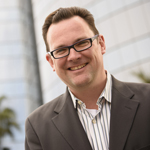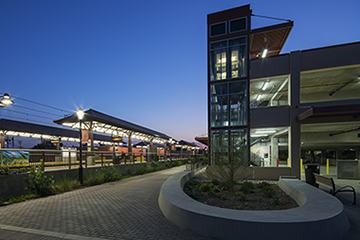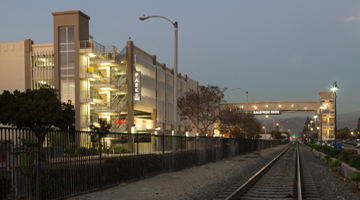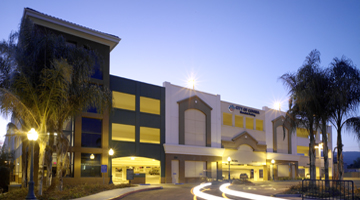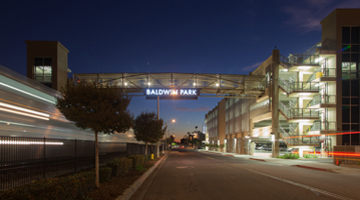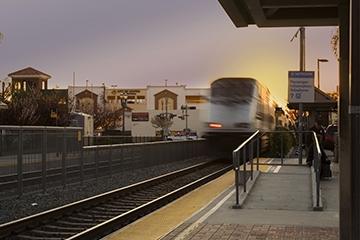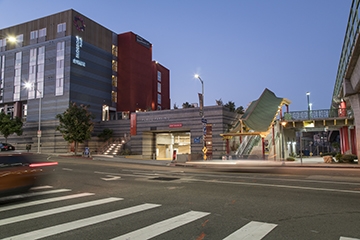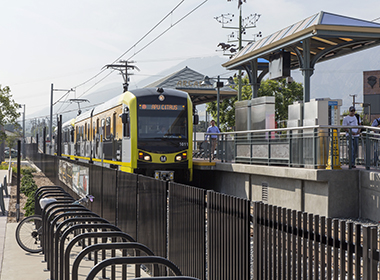
Will you support TRANSIT Tuesday? Watry Design, Inc. supports measures from Los Angeles to Seattle.
The West Coast is now home to 4 out of 5 cities with the worst traffic in the United States. If you are a resident of Los Angeles, San Jose, San Francisco or Seattle, you can help make a difference with your vote Tuesday to support plans to mitigate these conditions.
Los Angeles, California
With a population of more than ten million people, Los Angeles County is the most populated county in the United States. By 2057, this figure is predicted to grow by an additional 2.4 million. This exponential growth will add even more stress to already overtaxed and congested traffic infrastructure that creates daily headaches for residents and businesses alike. Anyone who has visited, does business or lives in the greater Los Angeles area understands how imperative it is to not only provide alternative transportation, but to truly get drivers off the area’s overcrowded freeways. While naysayers don’t believe public transportation will make a difference, projects like the recently opened Metro Gold Line Phase 2A offer a compelling argument to the contrary. According to a recent LA Metro survey, since the opening of the Foothill Gold Line Extension in March, more than 70 percent of riders are new to Metro and about 66 percent of those same riders said they no longer drive to work. A mere three months after opening, the 11.5-mile light-rail addition’s six stations and parking facilities are literally busting at the seams. In addition, the line is generating billions of dollars in private investment around the line’s 18 stations. A report published by the Maxima Group reflects $6.7 billion in existing or current projects since 2003, which translates to more than 12,500 new housing units, 3.6 million square feet of commercial space and 1,400 hotel rooms within a half-mile radius of a Gold Line station.
Measure M, which goes before voters on November 8th, would raise $120 billion over its life, but would only cost the average person approximately $24 per year in increased sales tax while funding key infrastructure improvements. LA County Metro’s plan would add an additional half cent while extending the existing Measure R half-cent sales tax until voters decide to end it.
Click here to find out about the projects included in the Los Angeles County Traffic Improvement Plan and the measure that will fund them.
We hope you will join Watry Design, Inc. in voting your support of Metro’s aggressive plan.
San Jose, California
Commuters in San Jose, the heart of Silicon Valley, cracked another milestone this year. The area ranked number 5 for the worst traffic in the US according to an annual traffic index by navigation system maker, TomTom. The area had already held the distinction for the fastest growing traffic congestion of any metropolitan area in the US from 2010 to 2014.
Measure B aims to alleviate the region’s transportation headaches through a half-cent sales tax increase that is expected to generate $6.3 billion over three decades. The list of projects the measure would support include the completion of the BART extension to downtown San Jose and Santa Clara, as well as $1 billion in Caltrain projects, $500 million in transit operations and more. In addition to the improvements to the area’s transit and the resulting mitigation of congestion, a recent study by the Bay Area Council Economic Institute found that the measure will create nearly 4,000 jobs and more than $15.4 billion in increased business output.
Click here to find out about the projects Measure B will fund.
We hope you will join Watry Design, Inc. in voting your support of VTA’s ambitious plan.
San Francisco, California
Along with Seattle commuters, San Franciscans now sit an average of 83 hours of traffic a year. While their transit system is in place, the 44-year-old system needs a little work. Opened in 1972, Bay Area Rapid Transit, known as BART, now serves roughly 440,000 riders per weekday and ridership is expected to increase 75% by 2040. To serve this increase, critical infrastructure improvements need to take place. For example, 90 miles of rail that has been severely worn down over 44 years of use needs to be replaced, tunnel walls damaged by water need to be repaired, elevators and escalators need to be repaired, accessibility for seniors and people with disabilities need significant improvements and more. In addition to increasing capacity, Measure RR will fund these improvements.
Click here to find out about the projects Measure RR will fund.
We hope you will join Watry Design, Inc. in voting your support of BART’s restoration plan.
Seattle, Washington
While Los Angeles has the worst traffic in the United States, other great cities on the West Coast don’t fare much better. Seattle commuters sat in an average of 83 hours of traffic last year in contrast to Angelenos’ 90 hours. With the area’s population growing at a rate of 1,000 new residents every week, congestion on the Seattle region's highways increased 95% from 2010 to 2015. While those not in favor of Sound Transit’s Proposition 1 argue that the results, do not equal the expenditure, case studies such as the South Line’s 15 percent growth in ridership last year spoke for itself.
The proposition, which goes before voters on November 8th, would add 62 new miles of light rail with stations serving 37 additional areas, create fast, reliable BRT bus service every 10 minutes during peak hours in key areas of congestion, expand capacity of the Sounder Trains by 40% and more.
Click here to find out about the projects Sound Transit 3 will fund.
We hope you will join Watry Design, Inc. in voting your support of Sound Transit’s insightful plan.

